To work in a kitchen is to live in a world that is black and white. You either know how to cook or you don’t. You take the risk for greatness or you play it safe and become forgotten.
You cook the perfect rice or you fail.
“Indians judge rice based on how long the grains are, how intact they are, and if the grains are clumped together—which is a very bad thing,” says Nakul Mahendro while his father, Pawan Mahendro, is adding a couple sticks of cinnamon and bay leaves into a large pot with oil in preparation for the perfect Indian rice.
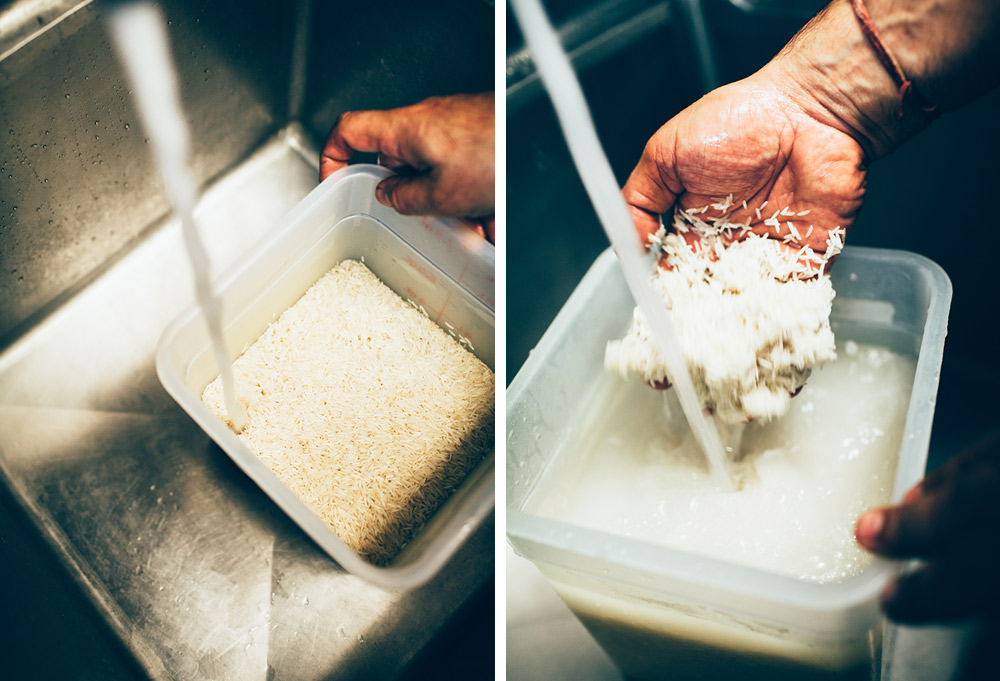
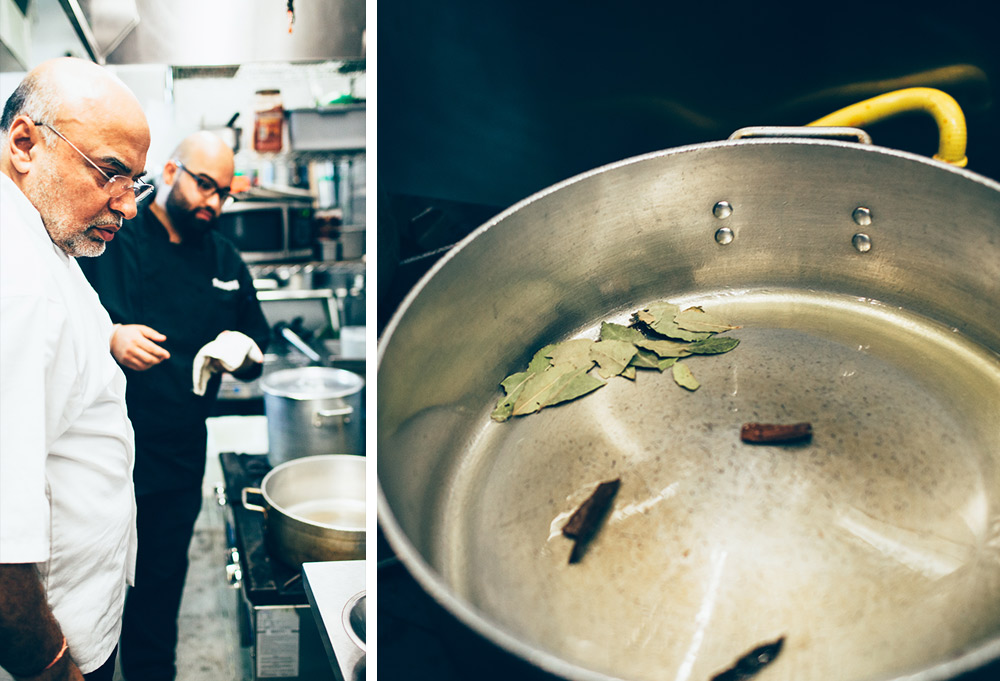
It feels like it’s 200 degrees in the basement of Badmaash, where much of the kitchen prep (and rice) is completed for the kitchen upstairs. I could feel a droplet of sweat make its way down my forehead but could care less as I’m enamoured by the craft unfolding before me. The cumin goes in to be sizzled in the oil or, as Pawan would called it: to bloom it as soon as it hits the oil. Water is then added in order to not scorch the spices, followed by salt, and then the rice (equal to water).

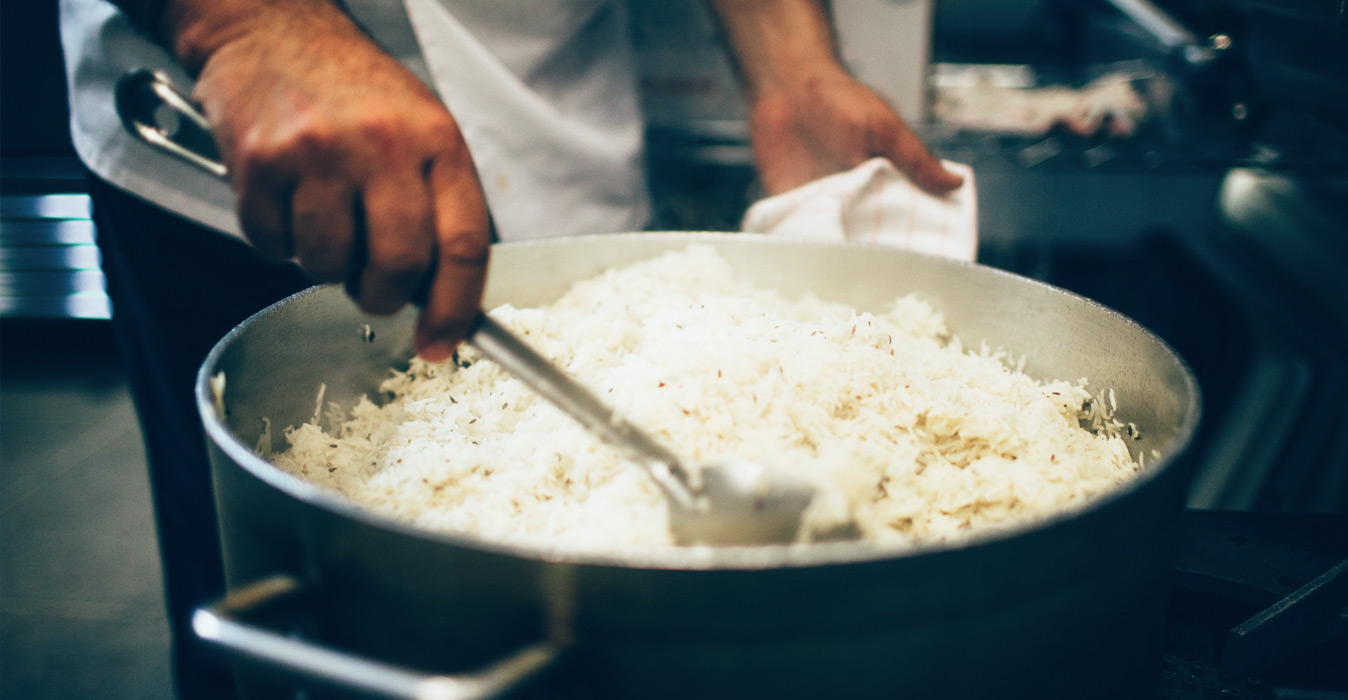
Located in the heart of Downtown Los Angeles, Badmaash is on the complete opposite end of what a typical Indian restaurant is perceived as in the US. This “Indian-gastropub” comes fully equipped with a hip and modern interior design—brightly colored wall with reds, oranges, blues, & purples—and a playlist full of old school hip hop.
Oh, and an illustration of Gandhi painted with blue and pink Wayfarers.


Badmaash—loosely translated to “badass” in Hindi—is the brainchild of the Mahendro family with Chef Pawan Mahendro as Executive Chef, his son Nakul Mahendro as Pawan’s right hand man in the kitchen, and Nakul’s brother Arjun Mahendro running front of house and upholding the eccentricities of the Badmaash culture. Their menu is heavily inspired by Indian street food (like their samosas) and classics but elevated with French techniques, fun twists (like their Spiced Lamb Burger on a brioche bun), and even some Canadian influences such as their Chicken Tikka Poutine: masala fries, cheese curds, beef gravy, cilantro, and chicken tikka. If it was socially acceptable, I would have probably bathed in that heavenly dish.
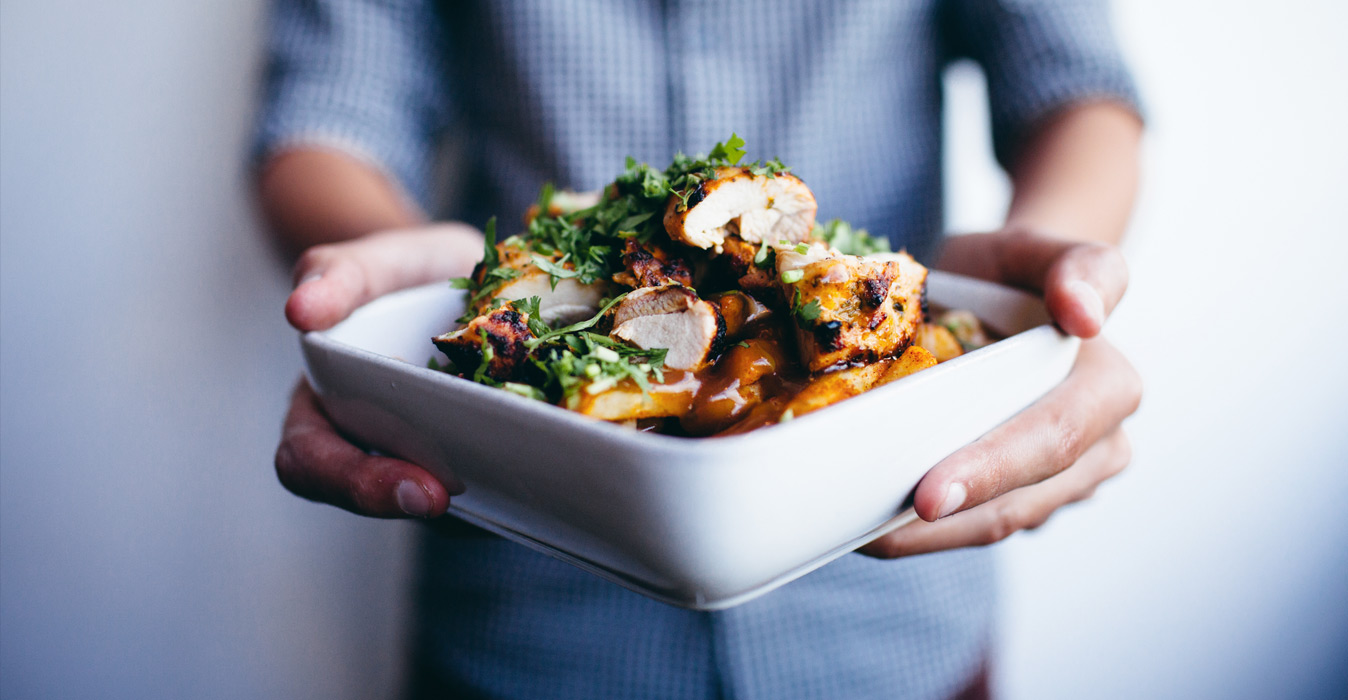
The Indian and Canadian-bred Mahendro family approached Badmaash in a very stark manner: it was either their way and do it nothing below excellence or not do it at all. The end result was clear: there was a line in the sand drawn and on one side you had Badmaash, and on the other you had everything else. Their menu is honest, paying tribute to what great Indian food is all about with their own personality, love, and skill where things aren’t taken too seriously (their menu suggests to “Instagram that shit!”) but delivered flawlessly.
After closing the restaurant for lunch they begin preparation for dinner, and I sit with Nakul in the upstairs mezzanine to hear the inspiring story of making it in America by playing by their own rules.
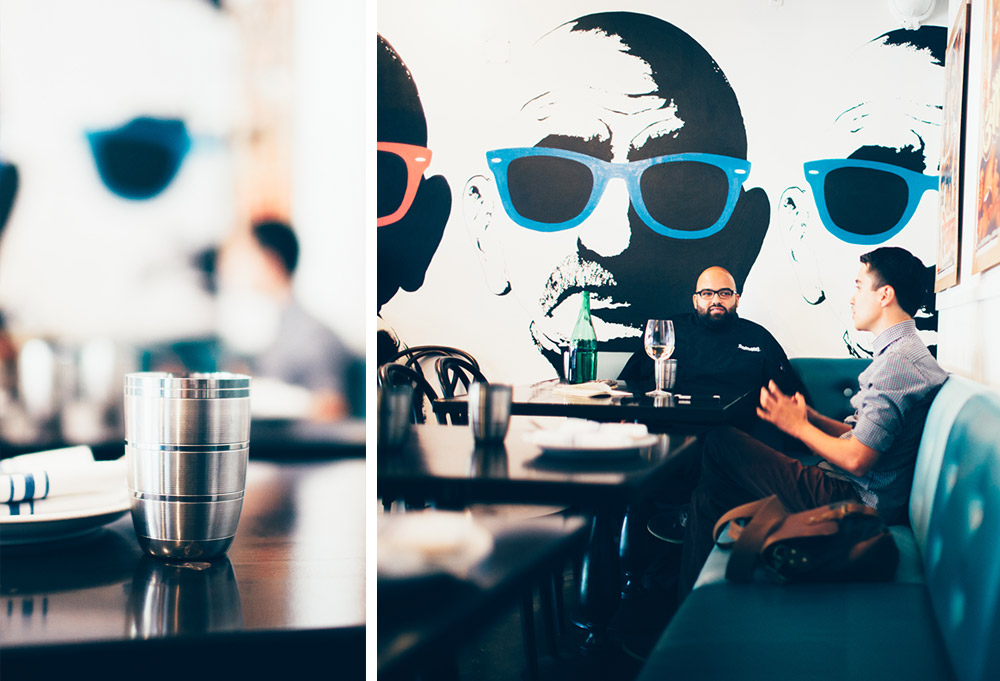
Let’s start from the beginning. Where did you grow up?
Nakul Mahendro: Born and raised in Toronto, Canada. It’s a great city. You spend an hour at Yonge-Dundas and the whole world—literally someone from every corner of the planet, from every cultural background, every language—has walked by you in that city. It’s an amazing thing. From day one we knew what real Chinese food was; we knew the difference between Mandarin and Cantonese. We could pick out different types of Asian. We could say, “That guy’s mixed, he’s Japanese, he’s Korean, Hong Kong, Mainland China.” There are little cultural nuances that you pick up.
There are so many different types of Indians. Just growing up in Toronto we were lucky enough to be surrounded by all of them: South Indians, North Indians, people from Kashmir, people from Punjab, people from Gujarat. We were able to pick them out by little things they did—little expressions, hand gestures, an accent, and facial features play a big part.
But your father is from India?
From Punjab. He was born and raised in Amritsar and he moved to Bombay when he was 17 to do his culinary training. That’s where he fell in love with my mom. Well, my mom fell in love with him first. And then he fell in love with my mom, they got serious, they got married and they moved over to Toronto.
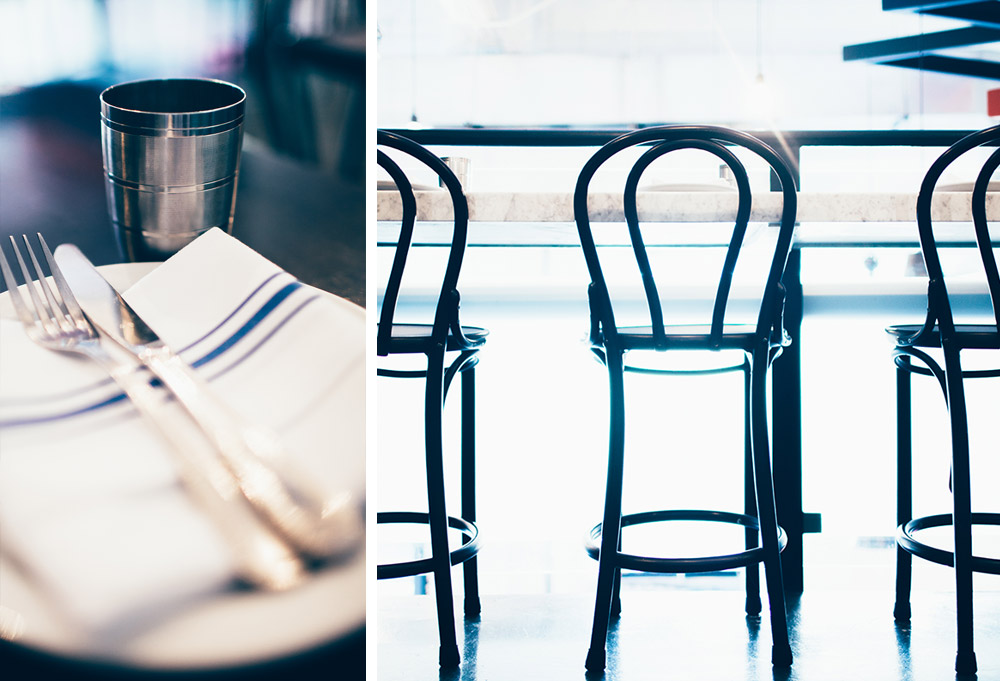
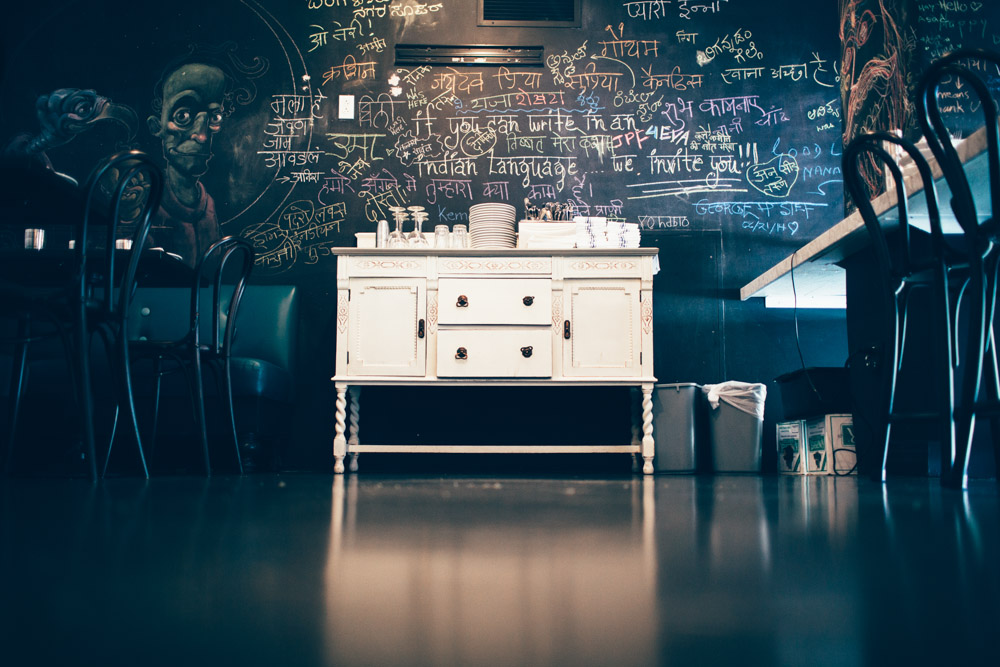
For work?
They traveled for work for a little bit through Europe and the East Coast in the U.S.A. like New York and New Jersey. He had a sister in Toronto. She had married a few years earlier and her husband was in Toronto. So he thought it would be great to get out of India and move to a place where there were more opportunities for him and mainly for his children. That’s a huge part of Indian culture. Once you become a parent you live for your children. It’s not about work/life balance; it’s not about taking time for me. I’ve been married for three years and my mom still lives for me, and my brother more so.
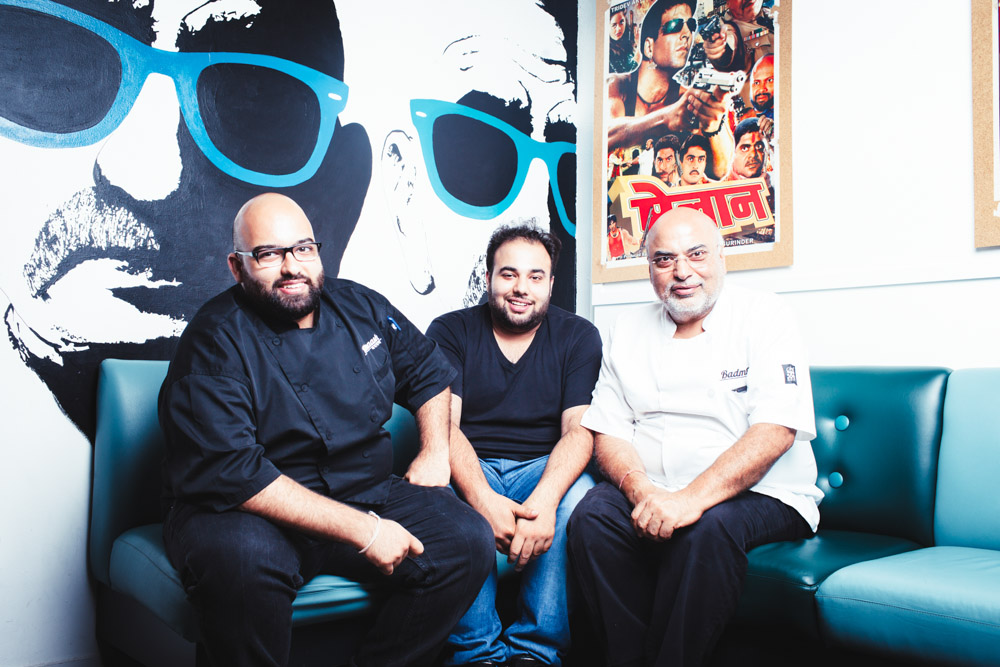
I imagine food played a pretty big role growing up.
Huge. Another big pillar in Indian culture—especially in a Punjabi home—food is very, very important—food and drink. So we plan our lunch while we’re having breakfast, we plan our dinner while we’re having lunch. You can tell just by looking at my brother and I that we just love food.
So food is very, very, very important. Indian hospitality is all about overindulging your guests. My father having been brought up in a home of hospitality and having gone through his schooling and working in such great hotels—that idea in his mind and his very being was even more robust, even more strong. Even a simple dinner at home—it was just my mom, my brother and myself. My father was in some kitchen cooking his face off for some 100-odd people. Even when my mom was putting a simple lentil or a simple vegetable and rice together, she’d present it. It wasn’t so much of an event, but more like if you’re going to do something, do it well. She’d pull out the nice bowls; she’d have chopped cilantro for garnish. Even the way she would wrap the bread in a towel to keep it moist. It wasn’t just thrown together; it was very deliberate and precise, as if our kitchen was a restaurant in itself at home.
While growing up in Canada, you were having traditional Indian food. Where does the Canadian influence start entering your food?
I used to work for an organization that has a “Canadian” restaurant, but I don’t think there is such thing as Canadian cuisine. We have so many different cultures. Honestly, it’s similar to America. There are aspects of it that are derived from so many different cultures. When you ask a foreigner what American food it, they immediately say hamburgers and fries. And you ask a foreigner what Canadian food is and they say maple syrup. It’s a condiment. I don’t know about the rest of Canada. I’m sure there is “Canadian cuisine.” I can name Canadian dishes, but it takes many dishes and the repeat use of particular ingredients to create a cuisine.
Growing up in Toronto we were surrounded by so much culture, even in our home we were doing Italian one night, we were doing Spanish another night, we were doing Mexican, we were doing Indian, lots of Italian in our home, French, American, we’d barbecue.
So even in our home there was a mish mash, and that’s because… I do want to make this clear: our culinary and professional background is not in Indian food. We are Indian by background, both generations have grown up around really good Indian food and with really good Indian food cooks, but my father’s training is in French and Italian cuisine—classic French and, in the ‘80s New-Italian, which is today rustic Italian. He’s, I guess you could say, a New American continental chef.
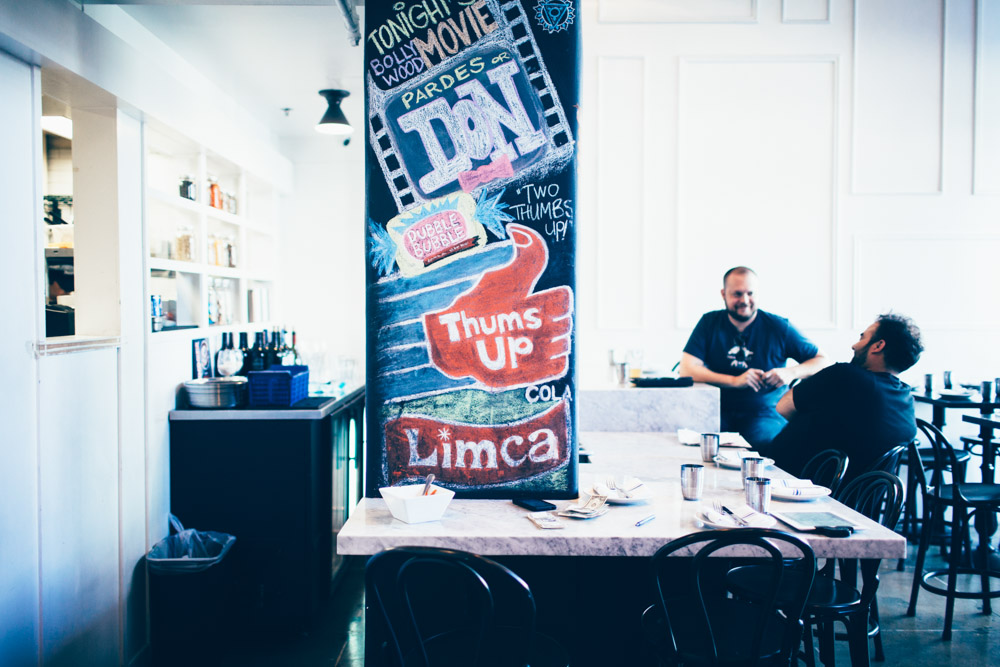
What brought your family to America?
My father had a five-star restaurant in Rockland County, New York, in the early ‘90s. It was only there for about a year and a half. His partners had some issues among themselves and that whole thing dissolved. But it was a great restaurant. During that year and a half—three years with building, planning, operating—he applied for all of our green cards. And they came more than 10 years later. You send it out and they send it back with corrections, and then you send it out again, and by the time they sent it back my father was already back in Toronto. He kind of forgot about them and my brother and I weren’t concerned with any of that stuff, so he put it on the backburner. In the early 2000s, he received a letter that said his file was open and before they closed it he was only missing one or two documents to get his green card. We decided it was good to have, went through the process, and few years later we got our green cards.
The whole idea came from my father working in Toronto—which is a great city and this is not to downplay Toronto or Canada by any means—but the population of Southern California is greater than the population of Canada. So just in terms of thinking from the perspective of opening this business, it just makes sense. There is way more opportunity here in the U.S. You always hear that, but you never really know until you move here.

Why Los Angeles?
Because of the restaurant he had in New York, we do have a lot of friends and family in New York. My father was very adamant on the argument that if he was going to move to a new place and uproot himself from Toronto and the many decades he spent there creating a social circle and getting to know the city, he wanted to move somewhere he could retire—a place where the sun shines 365 days of the year. I was like, “No, I’m not moving to L.A. I’m moving to New York.”
So for a few months he decided L.A. and he was going to come down here and have a little ten-seater restaurant with a bar and spend his time on the beach during the day and do the restaurant thing at night with my mom, and I was already setting up to interview in New York City. And he asked me to visit him while he was on one of his two-to-three week stays here in L.A. I did and I fell in love with the city.
I had never been here before, I fell in love with the city, I loved that every little pocket of L.A. is so different; I loved the Mexican influence in the city and the food. But more so, I saw a lot of opportunity in this city—more than I did in New York.
And it’s funny to say because if you really know what you’re doing in New York when you open a restaurant, you’ll be very successful because there are so many people there. That’s fine; New York is already very established as a food scene. But when I came out to L.A. six years ago, I felt like it needed certain things. There were holes. I thought it would be really cool to help define it and fill those holes—to be in front of the wave rather than ride it.
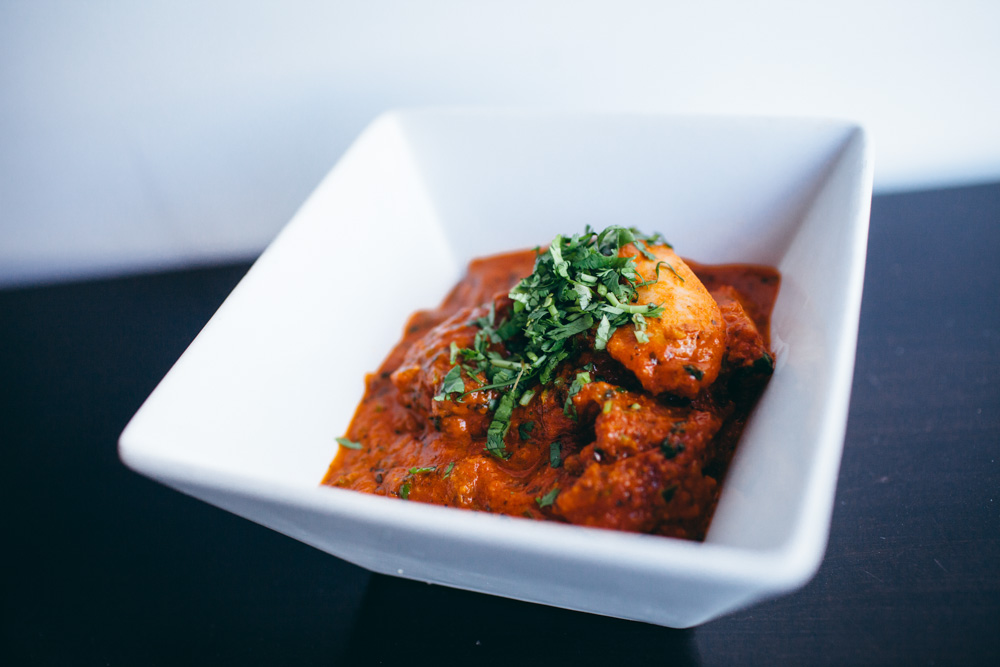
What I really love about this city is people want authentic. The diners want something authentic, something real. They don’t want dainty. That era is dead, especially here in L.A. They want something down-to-earth. They expect nothing less than excellent execution in terms of a chef and a kitchen. They expect nothing less than farm-to-table, fresh, local and ethically raised herd and poultry.
We’ve never advertised “ethical,” “hormone-free,” “GMO-free,” “farm-to-table.” We’ve never advertised that because that is normal. We’ve never felt the need to boast, which is great for us here in L.A. because that’s the norm as well—or at least today it’s become the norm.
What is misunderstood about Indian food in America?
A lot. One of the goals with Badmaash is—I don’t want to say we want to teach people about Indian food but we want to poke fun at the stereotypes. First things first: Indian food is spicy. Well if it was so spicy, then everyone in India would hate eating. Yes, there are certain items that are spicy. Yes, there are spices. But that doesn’t always translate to heat on the tongue. Coriander is a spice that gives you a very sharp, earthy and herbal flavor—similar to biting into a raw onion. Cardamom is a very refreshing, earthy-toned. Black cardamom is even more robust. Paprika has smokiness. Turmeric… these are all spices that aren’t necessary spicy. So that’s definitely a misconception about Indian food: it’s spicy.
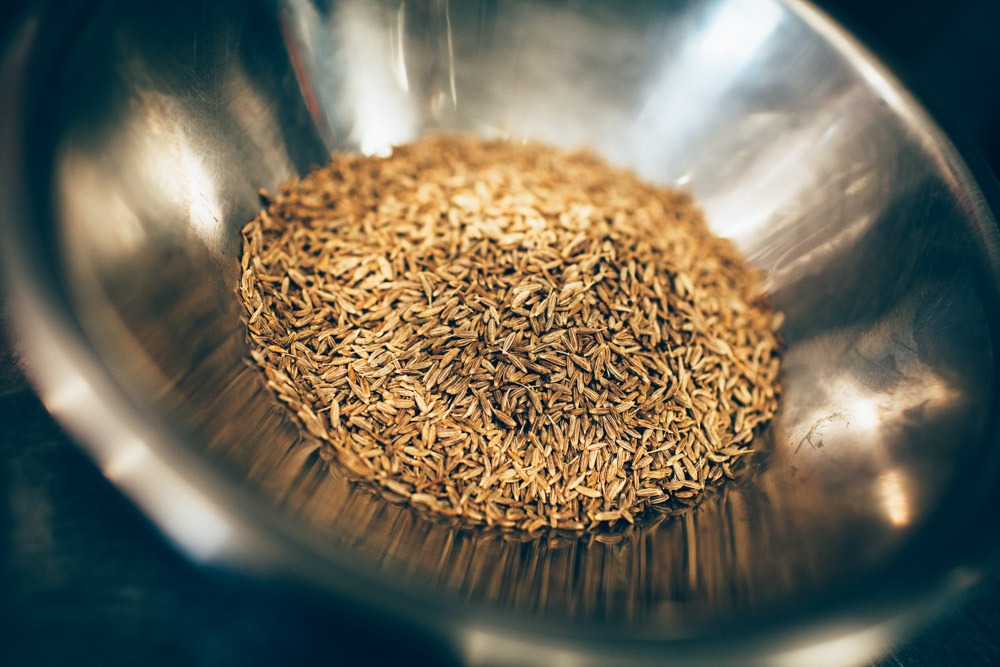
Another misconception about Indian food is that it’s one thing, just like a misconception about Chinese food or Japanese food: it’s sushi, it’s teppanyaki. But depending on where you go within Thailand, Japan and especially within India, the food is very different. India is a huge landmass. It’s the third, fourth or fifth largest landmass in the world. It’s known as the subcontinent of Asia because it’s pretty much all of Asia.
And with that—just like in Italy—the food is very regional. In the north you’ll have heavy, thick sauces made with ground nuts and things that will keep you warm because it’s freezing cold up north. It snows; you’re in the Himalayan Mountains. And in the south there are very thin sauces that are easy to eat. In the south it’s very spicy, but the spices in the long run keep you cool. Coastal India: lots of seafood. In Bombay it’s pomfret, pomfret, pomfret, shrimp, shrimp, shrimp everywhere you go. And you get none of that in Rajasthan. In Rajasthan you get slow-cooked lamb, slow-cooked chicken and kebabs. In Punjab it’s the same deal. It’s a lot of ground meats, it’s a lot of heavy breads and butter—rich, heavy, creamy. Punjabis are known for being big and strong, so they need their chicken and lamb.
So depending on where you are and where you go in India, the food is very different. So that’s another misconception. It’s not just chicken tikka masala and rice. And that it makes your stomach sick—that’s another misconception. I don’t take offense to it, but it is offensive. I mean the whole of India would just have diarrhea 24/7 if that were actually the case. That’s just something that has never made sense to me.
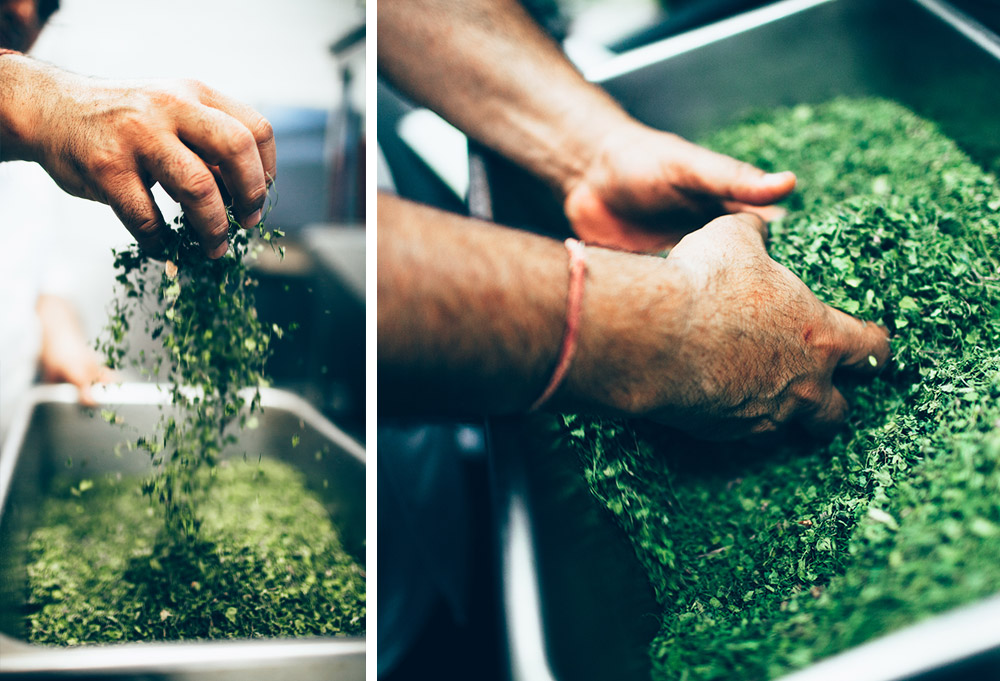
Tell me a little bit about the menu and the inspiration behind it.
When I first wrote the menu and I sent it to my father, basically our goal was to do Indian food, but not an Indian restaurant. So when you go in an Indian restaurant, the menu is pretty standard. You have 40 vegetarian dishes, you have 10 chicken dishes, you have 10 lamb dishes, and they’re all the same. They’re all the same mother sauce; it’s onion, garlic and tomato in everything.
What we decided to do was do Indian food that wasn’t done in Indian restaurants, and then kind of go out from there. The first draft of the menu had a lot of street food—the papri chaat, which is here known as the chickpea and chips. It’s mashed chickpeas, masala, and some onion. And I just want to clarify: “masala” just means, “mix of spices.” It’s on a crisp flour chip with a lot of whipped yogurt, some mint and cilantro chutney, some tamarind chutney, fresh cilantro. This is something you find in the streets of Bombay, the streets of Delhi left, right and center; it’s all over the place. It makes a perfect mid-day snack. It’s the first thing we want to eat when we touch down in India because it’s light, it’s refreshing, it has protein, carbs, some vegetable and flavor. It has everything you need to give you a boost of energy. And it’s tasty as hell. So we wanted to do that. We wanted to keep things light. So the chickpea and chips, our lentil soup—which is an adapted version of a South India sambar, which is more of a condiment with heavy breads and rice cakes.
We wanted to take Indian flavors and have fun with it. The chicken tikka poutine, which is a classic French Canadian dish with fries, cheese curd and gravy. And we kind of Indian-ify it by tossing the fries in a paprika masala, adding cheese curd, and we top it with brown beef gravy that has some cilantro and green onions for an added kick, and chicken tikka fresh out of the tandoori oven. It’s kind of like Indian barbecue, which has been marinated in yogurt with paprika, a little bit of ground red chili, and some other spices. You can have chicken tikka in a five-star Indian restaurant, and you can have it on a side street in Bombay. And why not? It’s super easy.
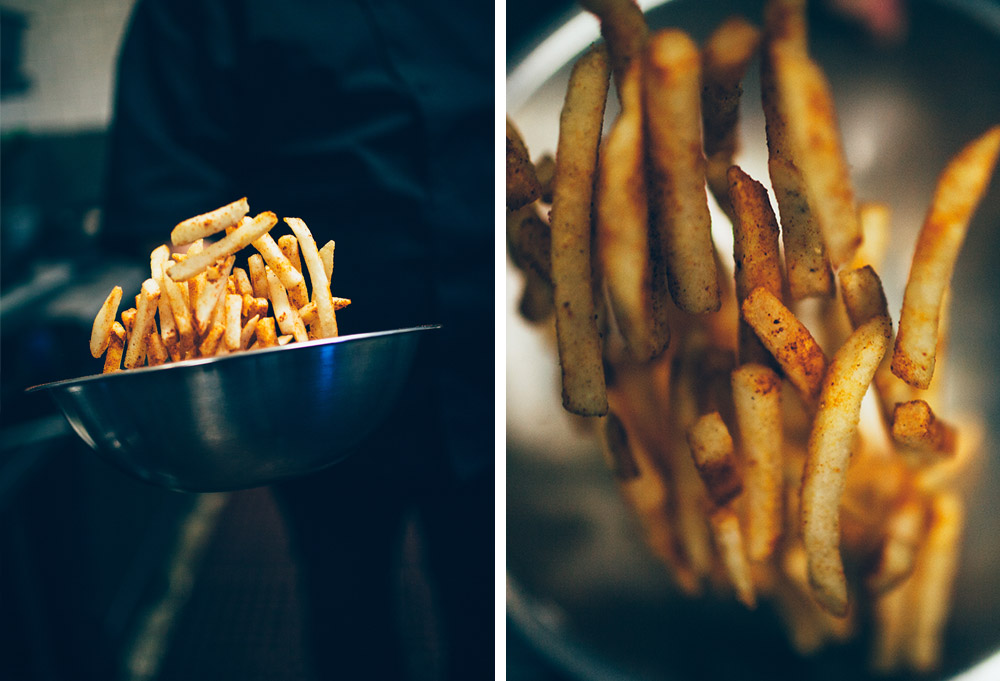
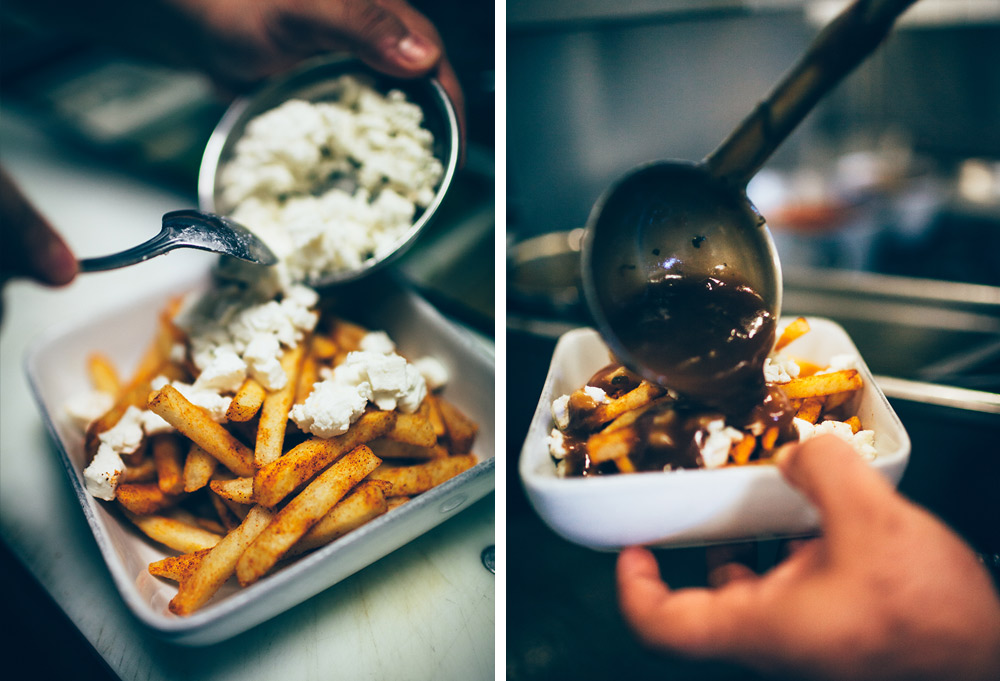
The concept is king. The concept has to be solid. A lot of people say, “We’re a fusion restaurant,” or “We’re a New Indian restaurant.” We just figure we’re an Indian gastro pub. We love our Indian food, we love our beer. They go so well together so we figured, why hasn’t anyone done this?
What also comes with that is we’re chefs, so we’re able to think out of the box when it comes to the menu and to food. And we’re able to run a chef-driven Indian restaurant with a great beer and wine list.
That’s pretty much our concept. We wanted to build an Indian diner—an Indian eatery. I can’t say an Indian restaurant because that comes with a lot of negative stereotypes. We wanted a place where you can go have great Indian food but not be in an Indian restaurant. A cool, casual setting. Funky fresh music playing. The servers wearing Chuck Taylor’s and Ray Bans. Our tables are natural wood.
How do you tell that story?
To sum it up? An Indian restaurant where I would take a hot date, because I’m not taking her to that $8.99 buffet. I mean, would you? So where do you take a hot date when you want Indian food?
Now it’s this place.
Yeah. That’s pretty much how we describe it.
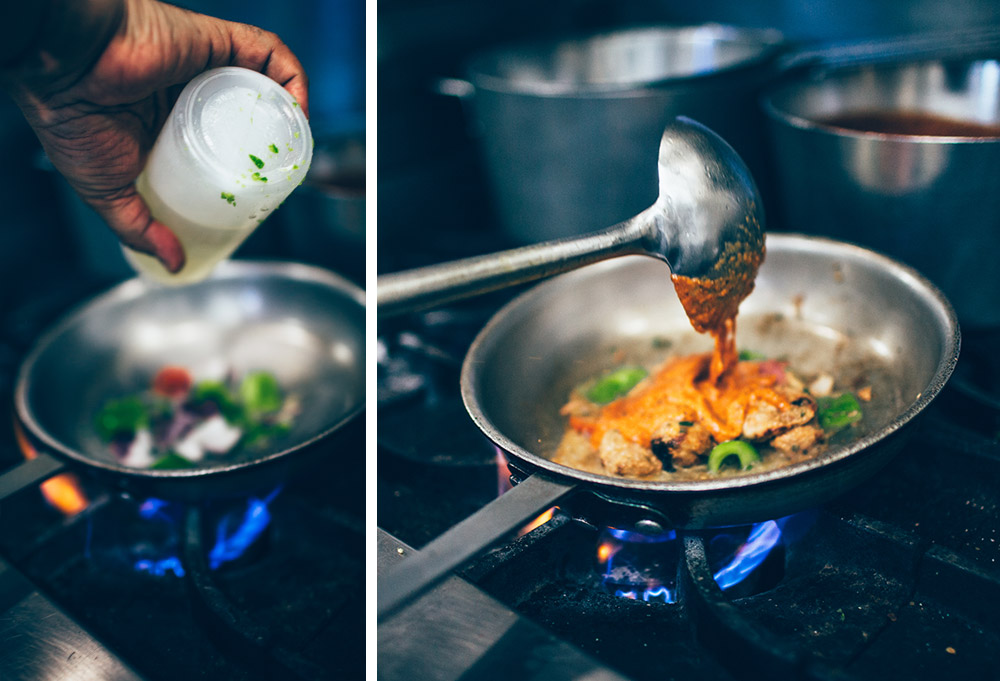
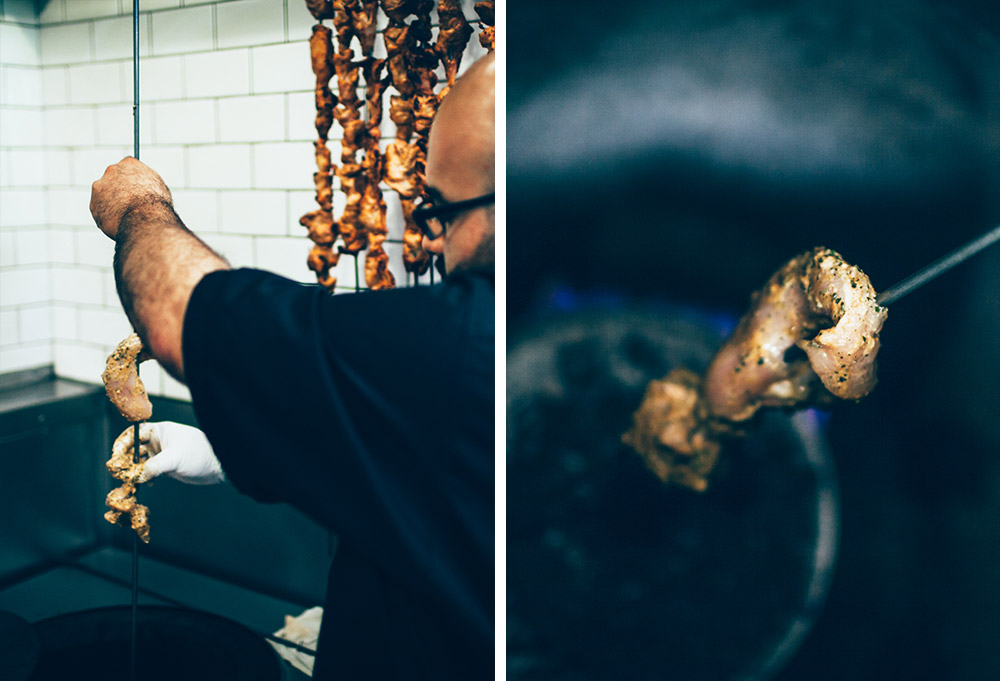
What advice do you give aspiring chefs that want to eventually open a restaurant? Especially considering the vibe appeals to young and hip crowds.
The first thing to note to anyone who’s aspiring to do great things in this business and industry is that it’s tough as shit. It’s not easy. I work 25 hours a day, eight days a week. And that’s every week. So does my father. So does my brother. It’s constant. It’s forever moving. You’re going to be serving and cooking when everyone else is enjoying their meal. You’ve got to be ready for that. You have to fully submit yourself and fully commit yourself to being great in this business.
The second thing is you’re going to have to pay your dues. A lot of these kids come out of culinary school or hospitality management school and they’re ready to take on the world. They’re ready to open a restaurant because “my dad’s a millionaire.” It doesn’t work that way. You really have to humble yourself and work with someone who is great at what they do.
One of the pieces of advice I was given very early in my career was to work alongside everyone and to train yourself in the best quality of each and every person. If I was a busboy in a restaurant of 20 staff members, identify the 20 strengths that these 20 people have. When I’m working with John, I’m working on schmoozing the guests. When I’m working with Eric, I’m working on my ability to hit all the technical elements of service. When I’m working with Frank in the kitchen, he’s the best at peeling potatoes, so I’m working on being the best at peeling potatoes. Identify it, work on it, and really humble yourself. There’s no task that’s too big or too small.
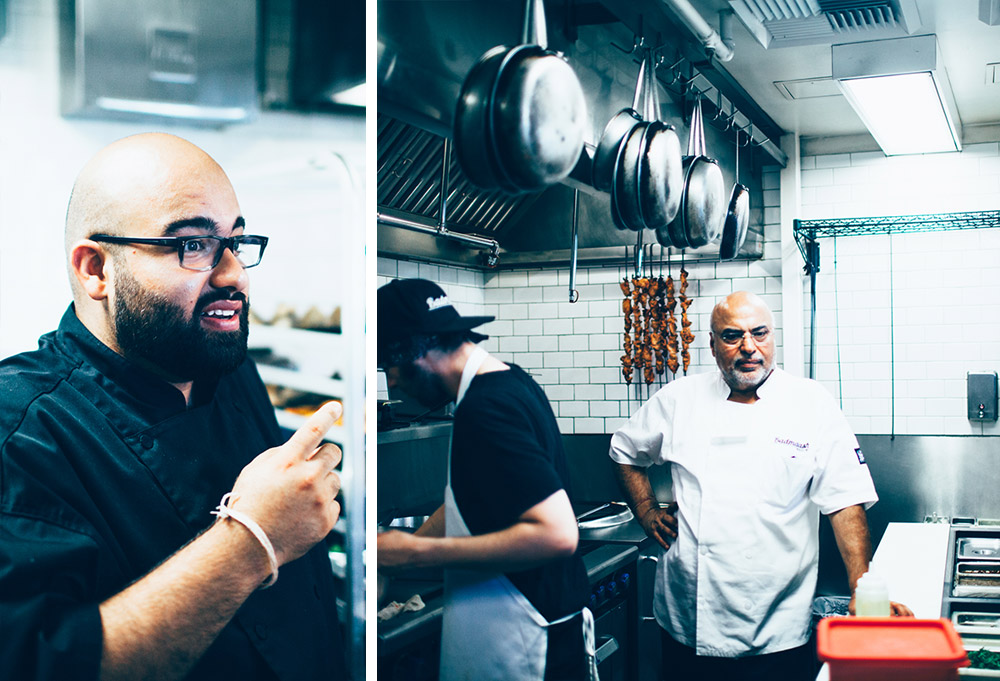
The third piece of advice is to just be honest with yourself. I used to be really hard on myself. I didn’t go to culinary school. I went to a hospitality management school and did really well there, and I had been working in restaurants my whole life. Up until we opened Badmaash, I hated the fact that I never went to culinary school. I thought I couldn’t call myself a chef. Although a lot of people say, “No, you are a chef. You do everything a chef does. You created a menu, you chose the ingredients, and you can cook your face off,” I don’t consider myself a chef because I think of my father. When I hear the word “chef” I think of my father, and I’ll never be that because he has 40 years of experience over me. I might get there when I’m 50, 60 or 70, but right now I’m not.
So for me, that was always a sore spot. Once we opened Badmaash, I learned a truth: it’s not about having a strength and a weakness. It’s not about having a deficiency in one thing and being really strong in another. It’s just about being honest with yourself. With the help of my father and brother, I was able to realize although I’m not a “chef”—although I’m not a product of culinary school—I can cook. I’ve been around it my whole life. I’ve been trained by my father. I’ve been trained by my mother. I do have a really strong palette. I do have really great ideas and great foresight for ingredients and flavors and how they’re going to work together. All it took was writing this menu and having a chef—my father—say, “This is fantastic.” You have to be honest with yourself, and in that you have to do what you love. You have to identify your strengths and your weaknesses so you can turn your weaknesses into strengths. I think those three things would be the best advice I could give to someone.
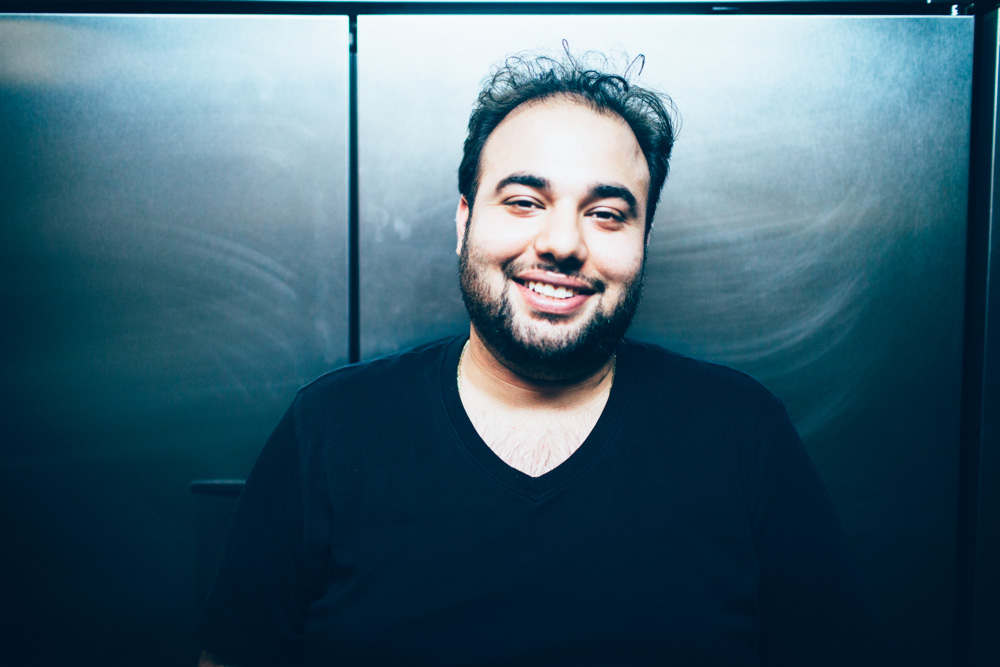
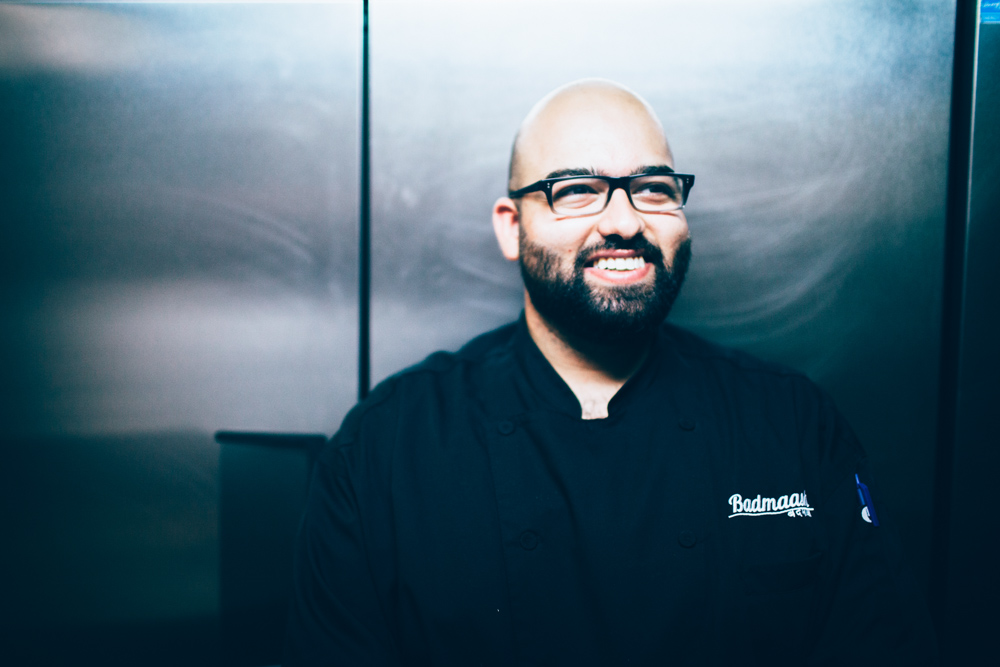
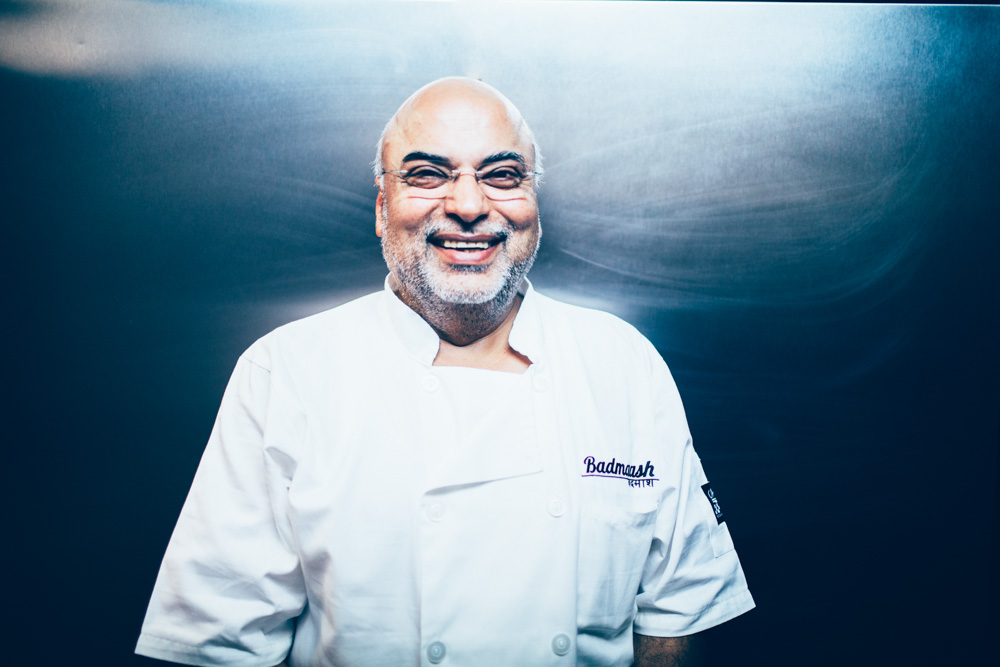
—
Badmaash
108 West 2nd Street #104
Los Angeles, California 90012





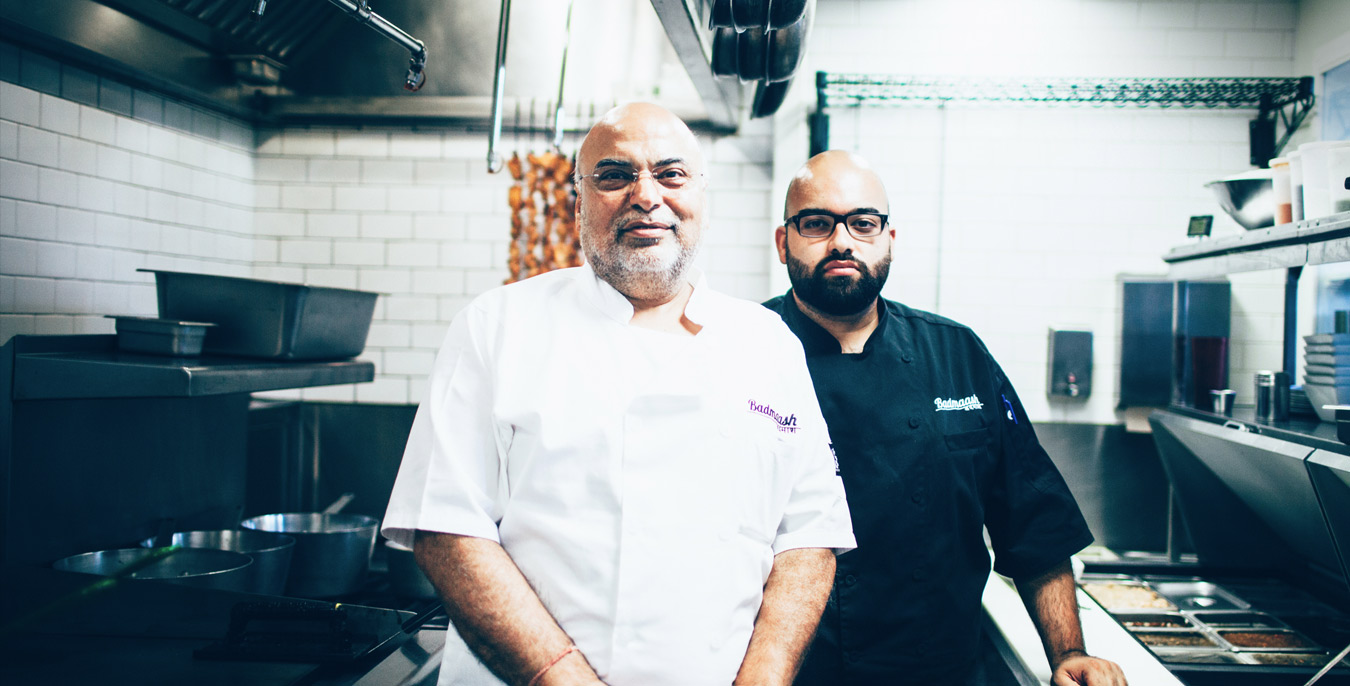

Our comments section is for members only.
Join today to gain exclusive access.